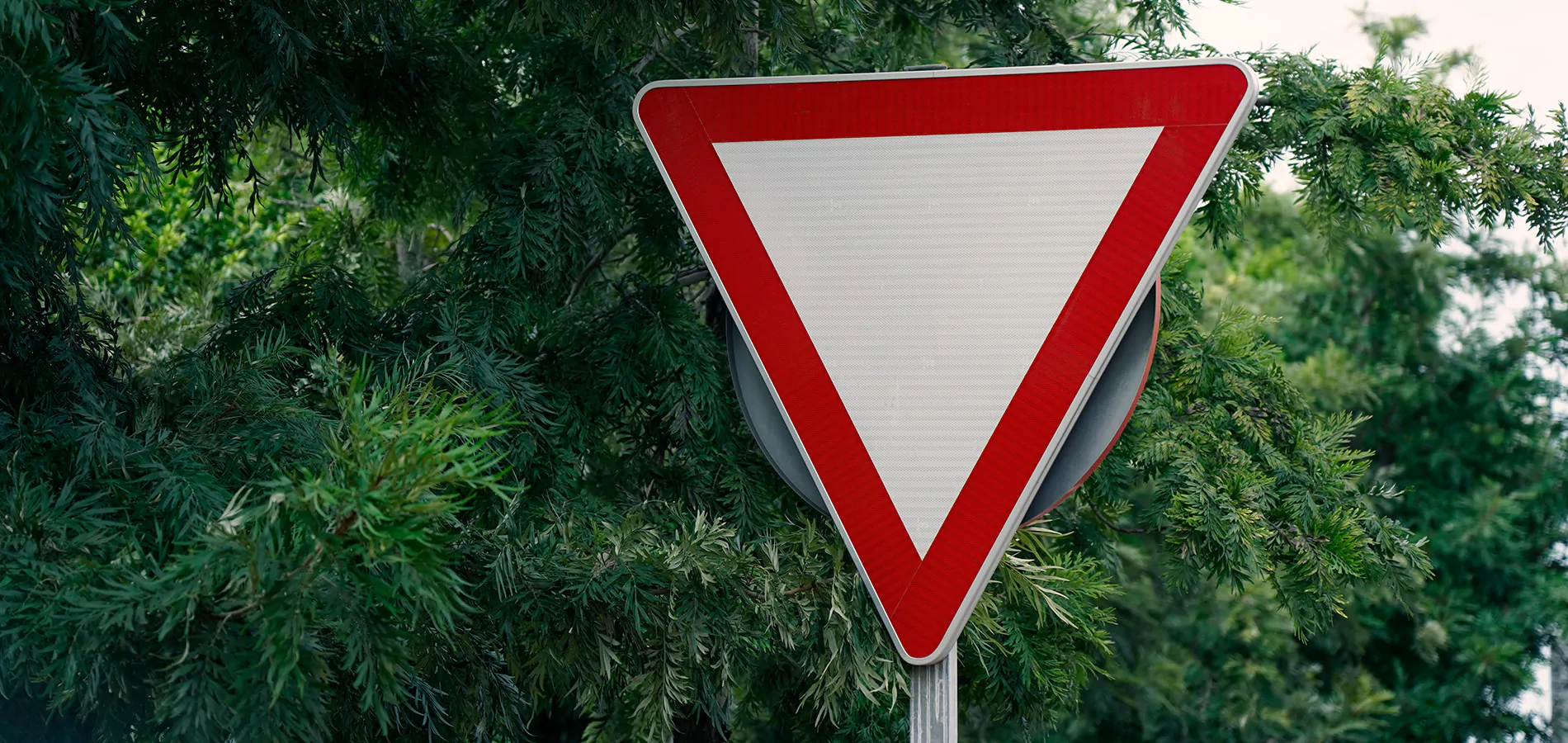Road signs, markings and defences are essential elements in road transport infrastructures to achieve the maximum degree of safety, efficiency and comfort for vehicles and pedestrians.
Road markings inform the road user to avoid hesitation when changing their regular driving regime. In contrast, road markings guide and orientate the driver and road fenders protect the driver from possible accidents. Within the projects executed by Sando Construcción as a company specialising in road construction, correct road signage is an essential aspect of its activity.
In this sense, signage is an essential and primordial element in any construction to ensure the correct and fluid flow of pedestrian and vehicle traffic in the different transport and mobility infrastructures after their inauguration. Signs are essential in all traffic systems as they facilitate drivers’ organisation, provide information, warn them of dangers, and regulate compliance with traffic rules.
Efficient road maintenance is a guarantee for keeping road markings safe. Conacon Sando provides road conservation and maintenance services throughout Spainwhere it applies the results of its R&D&i projects and technological solutions.
Road signs and markings comprise all signalling elements, structures and devices on roads, highways and transport routes.. Through symbols, colours and elements, signage forms a communication system that sends a clear and concise message to drivers or road users, who must respond appropriately.
To avoid overloading the driver’s attention with unnecessary signs or signs whose message is unmistakable, road signs should use the minimum number of signs to enable the conscious driver to anticipate and carry out the necessary manoeuvres comfortably. Similarly, any sign which implies a prohibition or obligation shall be reiterated or cancelled within one minute of being seen by a driver travelling at the intended speed.
The signs are placed in areas with driver and user traffic, so they are always visible in time and easily, even in adverse visibility conditions.
A classification of signage can be made depending on its direct target. They can, therefore, be preventive signs, usually yellow and black, to warn users of danger or changes in the road; restrictive signs, red and white, to warn of physical or regulatory restrictions on traffic; and informative signs, which aim to guide users to specific locations or services, such as tourist service or destination signs.
Apart from this classification, depending on the placement of the signs, they are classified as follows:
– Vertical signs: this type of signage is characterised by its upright installation on metal structures or posts that incorporate the symbols or elements that inform and regulate. This type of signage can be informative, regulatory or warning of works and danger.
– Horizontal signs: these are road markings that are usually applied or adhered to the pavement, i.e. they are characterised by being painted on the ground and, occasionally, complementing vertical signs. They have the same functions of guiding, facilitating and controlling traffic.
In addition to permanent signs, construction site signs are essential, as road conditions and traffic regulations are temporarily changed for construction work.. Whether produced for the construction of new infrastructure or during maintenance activities, they are used to ensure road safety and workers’ safety on the construction site. The signage is marked in yellow and informs users of a section of construction work, regulating traffic in the affected area and adapting behaviour to the needs of the construction site and traffic.
Beacons are retro-reflective devices of various shapes, colours and sizes, installed on the roadbed, outside the road or on vehicle restraint systems and specifically designed to facilitate optical guidance. They may also have their own lighting.
The beaconing elements are horizontal or barrier beacons, ridge markers, snow markers, directional panels, cylindrical beacons, corner markers, and vertical panels.
Conacon Sando has developed research projects in this area, such as Servihofoto, which consists of a new horizontal signage system based on photoluminescent paint for use in night-time and low-visibility lighting.
Restraint systems or fenders are devices placed along the outer edges of a road or in the median as a vehicle restraint system, whose function is to replace a traffic accident with one with more predictable and less severe consequences. Still, they do not prevent accidents from occurring, nor are they free of any risk to the vehicle’s occupants.
Containment systems shall be placed on those roadsides according to the limitations indicated in Highway Code 35/2014 so that vehicles leaving the road do not cause an accident with more significant consequences.
The kind of accident risk determines the selection of the type of restraint system to be used, the design speed of the road and the intensity of the traffic flow. Vehicle restraint systems can be made of metal or concrete and are of two types: barriers and parapets.

Signalling, beacons and defences
we install the elements that generate security in the infrastructure
Signalling, beacons and defences
We install and maintain the essential elements in road transport infrastructures to achieve maximum safety, efficiency and comfort in the circulation of vehicles and pedestrians.
We offer signalling and marking services to maintain safe mobility in an area where road conditions or traffic regulations have been temporarily modified due to road works. As well as installing sophisticated security installations as defences against potential dangers We have two reference brands: Sando Construcción for sustainable construction and Conacon Sando for conservation.